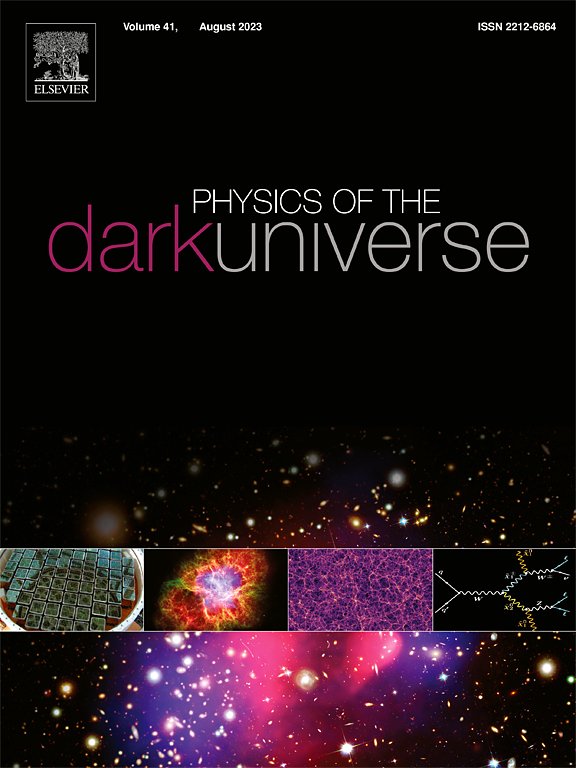Equivalence of dark energy models: A theoretical and Bayesian perspective
IF 5
2区 物理与天体物理
Q1 ASTRONOMY & ASTROPHYSICS
引用次数: 0
Abstract
We explore the background equivalence among three dark energy models by constructing explicit mappings between dynamical dark energy (DDE), interacting dark energy (IDE), and running vacuum (RV). In our approach, the dark sector functions that characterize each model — such as the equation of state parameter for DDE, the interaction term for IDE, and the functional form for RV — are transformed into one another under specific assumptions. Extending previous work by von Marttens et al. (2020), we demonstrate that running vacuum models, characterized by , can be reinterpreted as an interacting dark energy model with , which in turn is equivalent to a dynamic dark energy model with an appropriately defined . Using Bayesian analysis with Type Ia supernovae, Baryon Acoustic Oscillations, and Cosmic Chronometers, our observational constraints confirm that these theoretical equivalences hold at the background level. This study underscores the importance of seeking convergence in dark energy models, facilitating a better understanding of the dark sector.
求助全文
约1分钟内获得全文
求助全文
来源期刊

Physics of the Dark Universe
ASTRONOMY & ASTROPHYSICS-
CiteScore
9.60
自引率
7.30%
发文量
118
审稿时长
61 days
期刊介绍:
Physics of the Dark Universe is an innovative online-only journal that offers rapid publication of peer-reviewed, original research articles considered of high scientific impact.
The journal is focused on the understanding of Dark Matter, Dark Energy, Early Universe, gravitational waves and neutrinos, covering all theoretical, experimental and phenomenological aspects.
 求助内容:
求助内容: 应助结果提醒方式:
应助结果提醒方式:


